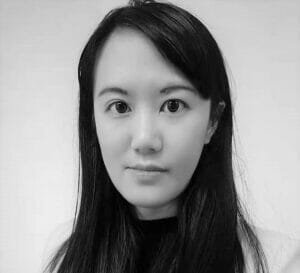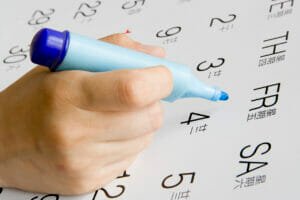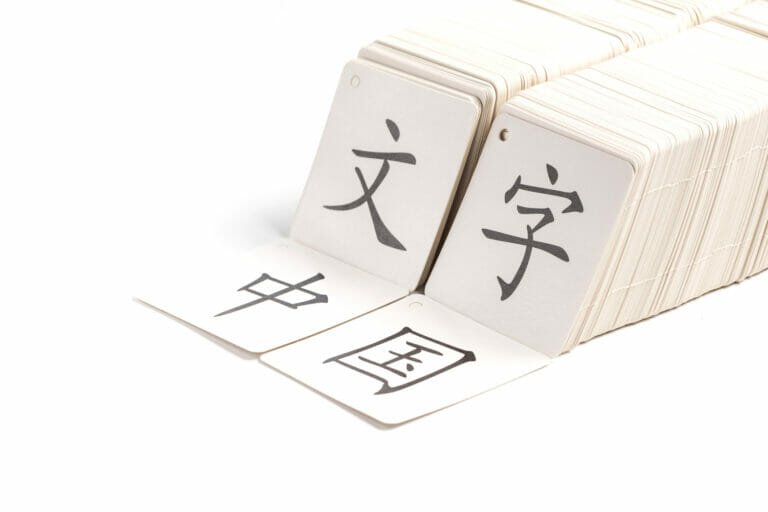Despite significant differences between different countries in terms of language, languages have always influenced each other. An example of this is loanwords, an interconnection of different languages where one finds similarities between words even though they belong to different languages.
Because there are many loanwords in the Chinese language, learning loanwords can be an essential tool to make it easier to learn Chinese.
In Chinese, loanwords are often translated into Chinese characters that express the sounds or meaning of the loanword. Sometimes it can be a combination of both the sounds (phonetically) and the meaning of the loanword expressed in Chinese characters.
Three groups of loanwords in Chinese
Three types of loanwords are frequently used in Chinese. One type of loanwords is Chinese words that use Chinese characters to bring out the sounds of the foreign word. An example of this is the word ‘pudding’ which is translated to bù dīng 布丁.
While this translation conveys the pronunciation because each character has its meaning, one sometimes chooses Chinese characters with similar pronunciations that have implications related to the foreign word. An example of this is Coca-Cola, which is translated to kě kǒu kě lè 可口可乐.
The first characters kě kǒu 可口 mean “thirsty”, and the Chinese last character lè 乐 means ‘happy’ or ‘happiness’.
In group two, we find words that partly express the sound and partly express the meaning in Chinese. An example of this is mó tuō chē 摩托车, where the sound mó tuō 摩托 comes from the word ‘engine’ and chē 车 means ‘cycle’.
Another type of loanwords in Chinese is words that describe the meaning of the loanword in Chinese characters. An example of this is hēi bǎn 黑板. Here hēi 黑 means ‘black’ and bǎn 板 means ‘board’, which comes from the English word ‘blackboard’.
10 popular foreign words in Chinese
Here are some loanwords that are common in China, with examples of how to use them.
āsīpīlín 阿司匹林 aspirin
Chinese: 有些病人不适合服用阿司匹林。
Pinyin: Yǒuxiē bìngrén bù shìhé fúyòng āsīpīlín.
English: Some patients are not suitable for taking aspirin.
bókè 博客 blog
Chinese: 我想把昨天拍的照片发到博客上。
Pinyin: Wǒ xiǎng bǎ zuótiān pāi de zhàopiàn fā dào bókè shàng.
English: I want to post the photos I took yesterday on the blog.
hēi kè 黑客 hacker
Chinese: 公司财务系统遭到了黑客攻击。
Pinyin: Gōngsī cáiwù xìtǒng zāo dàole hēikè gōngjī.
English: The company’s financial system was attacked by hackers.
jí ta 吉他 guitar
Chinese: 他喜欢弹吉他。
Pinyin: Tā xǐhuān tán jítā
English: He likes to play the guitar.
kǎ lù lǐ 卡路里 calories
Chinese: 运动能有效燃烧卡路里.
Pinyin: Yùndòng néng yǒuxiào ránshāo kǎlùlǐ.
English: Exercise can effectively burn calories.
kù 酷 cool
Chinese: 这个小孩很酷。
Pinyin: Zhège xiǎohái hěn kù.
English: This kid is cool.
hēi bǎn 黑板 blackboard
Chinese: 我没戴眼镜,看不清黑板上的字。
Pinyin: Wǒ méi dài yǎnjìng, kàn bù qīng hēibǎn shàng de zì.
English: I don’t wear glasses and can’t read the words on the blackboard.
mó tuō chē 摩托车 motorcycle
Chinese: 他每天骑摩托车上班。
Pinyin: Tā měitiān qí mótuō chē shàngbān.
English: He rides a motorcycle to work every day.
péi gēn 培根 bacon
Chinese: 我想要点培根。
Pinyin: Wǒ xiǎngyào diǎn péigēn.
English: I want some bacon.
shā fā 沙发 sofa
Chinese: 我习惯躺在沙发上看电视剧。
Pinyin: Wǒ xíguàn tǎng zài shāfā shàng kàn diànshìjù.
English: I am used to lying on the sofa and watching TV series.

Loanwords in marketing: Translation of foreign company names and brands in China
Foreign words in Chinese are often used in marketing in China. Foreign companies should translate their name or the name of the products or services they offer to Chinese when they enter the Chinese market. Why? Because China is a large market, with over 1.4 billion people.
Furthermore, most sales and marketing activities in China are in Chinese. Part of the reason for this is that only a small portion of Chinese living in China have a good level of English.
Foreign companies often seek to have a Chinese name that captures the essence of the original name. One of the most successful foreign brands in China is Coca Cola. The Chinese name for Coca Cola is kěkǒu kělè 可口可乐. As we have already explained, the Chinese name means ‘thirsty’ and ‘happy’, a good and relevant choice of Chinese characters.
The Chinese translation of ‘Chanel’, or what is called transliteration of foreign names, is xiāng nài is 香奈儿. Here, the Chinese character xiāng 香 has a sound similar to the first part of Chanel, while the character means ‘fragrant’. Thus, this is an appropriate character to use. The last part of the name, nài er 奈 儿, is the last part of Chanel in a phonetic (sound) translation.
As we have already pointed out, China should be seen as an individual market, and most of the marketing in the Chinese market is done in Chinese. Thus, it is the Chinese name xiāng nài er 香奈儿 that Chinese customers use in communication.
Some companies have not been so successful in choosing Chinese names.
When entering the Chinese market, Mercedes Benz initially chose the Chinese name bēn sǐ 奔 死. This was a phonetic translation, where they wanted to have a Chinese name with a similar pronunciation as Benz. Although this name sounds like Benz, the meaning of each of the Chinese characters was not taken into consideration.
The Chinese character bēn 奔 means ‘to run fast’, ‘storm ahead’ and sǐ 死 means ‘death’ sǐ 死. ‘Running to death’ is not a name you want to promote when selling cars.
After realizing the mistake, they changed the name to bēn chí 奔驰. The character bēn 奔 ‘to run fast’, ‘storm ahead’ was the same, and the new character chí 驰 means ‘speed’, ‘gallop’, which is a much better message to communicate to potential customers in China.
DO YOU WANT TO LEARN MORE MANDARIN CHINESE OR KNOW SOMEONE WHO WANTS TO?
If you want to learn Mandarin Chinese, feel free to REGISTER FOR A FREE TRIAL CLASS HERE or send me an email (Chen Huimin):huimin@laerkinesisk.no.
We offer private lessons and group classes at all levels, HSK 1-6, children, adults, business. All Mandarin Chinese classes are offered in classrooms or online.
Do you know anyone who wants to learn Chinese? We will give you 500 US dollars as a bonus as a part of our program “Refer a friend – get $ 500” if your friend or others you introduce to us start taking Chinese classes at our school. Register here if this is interesting for you!














